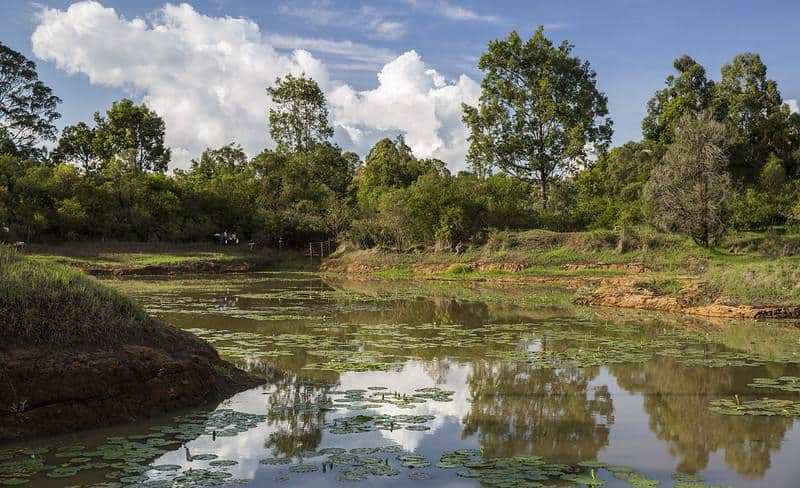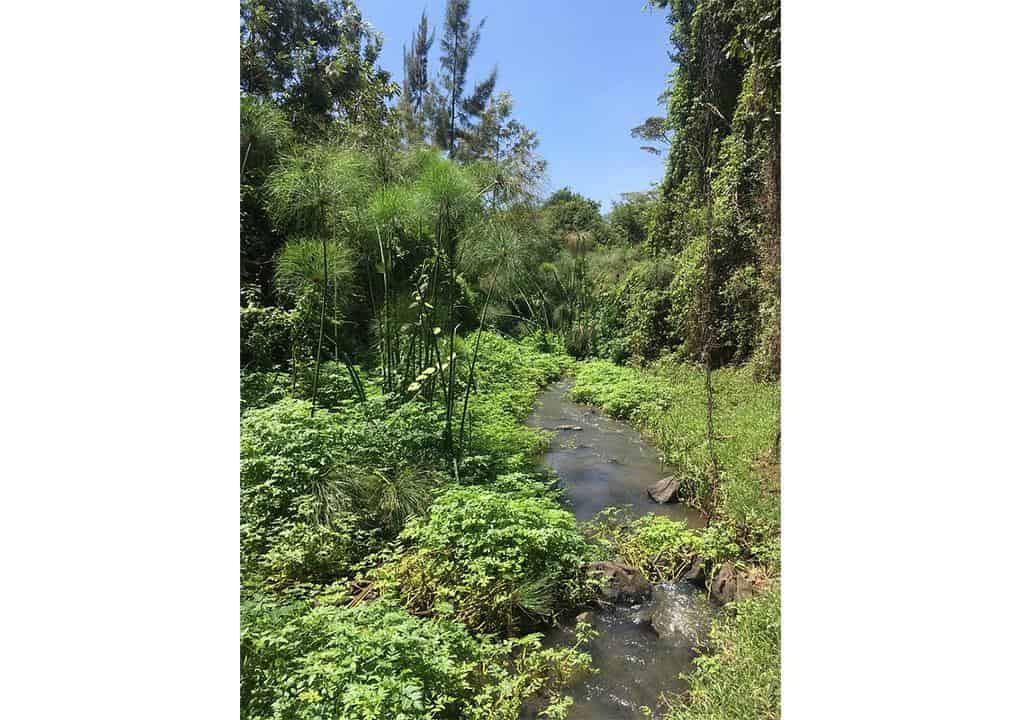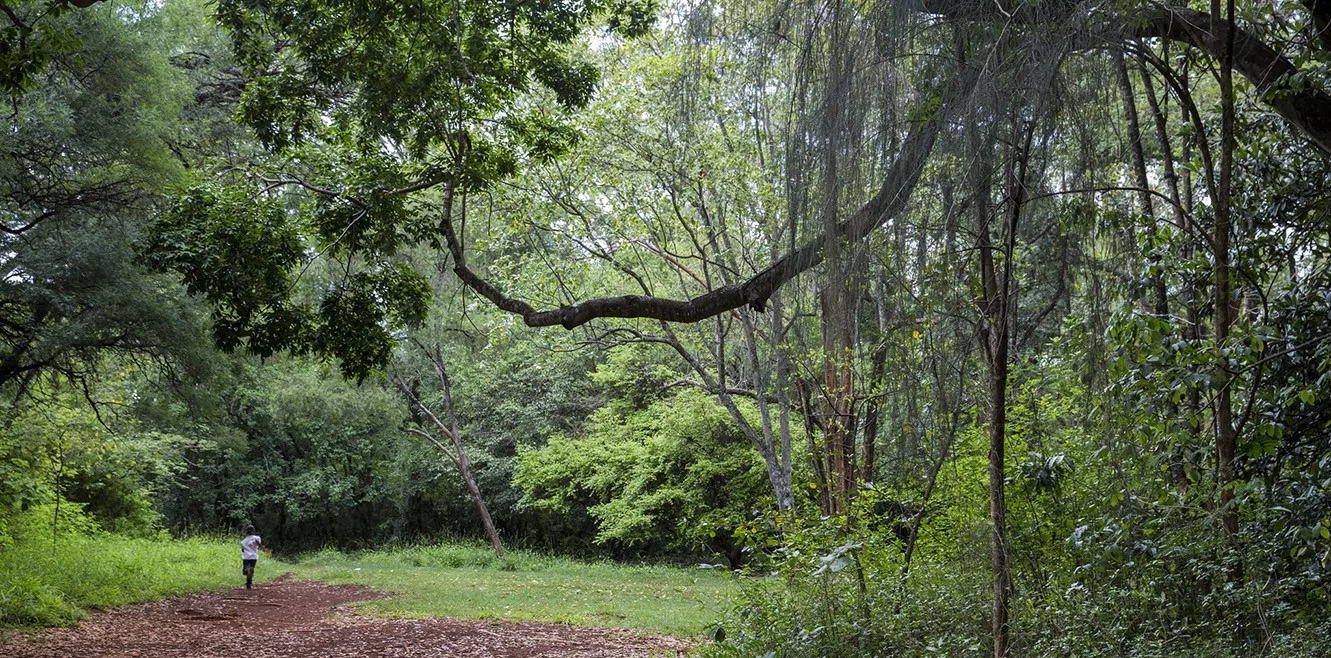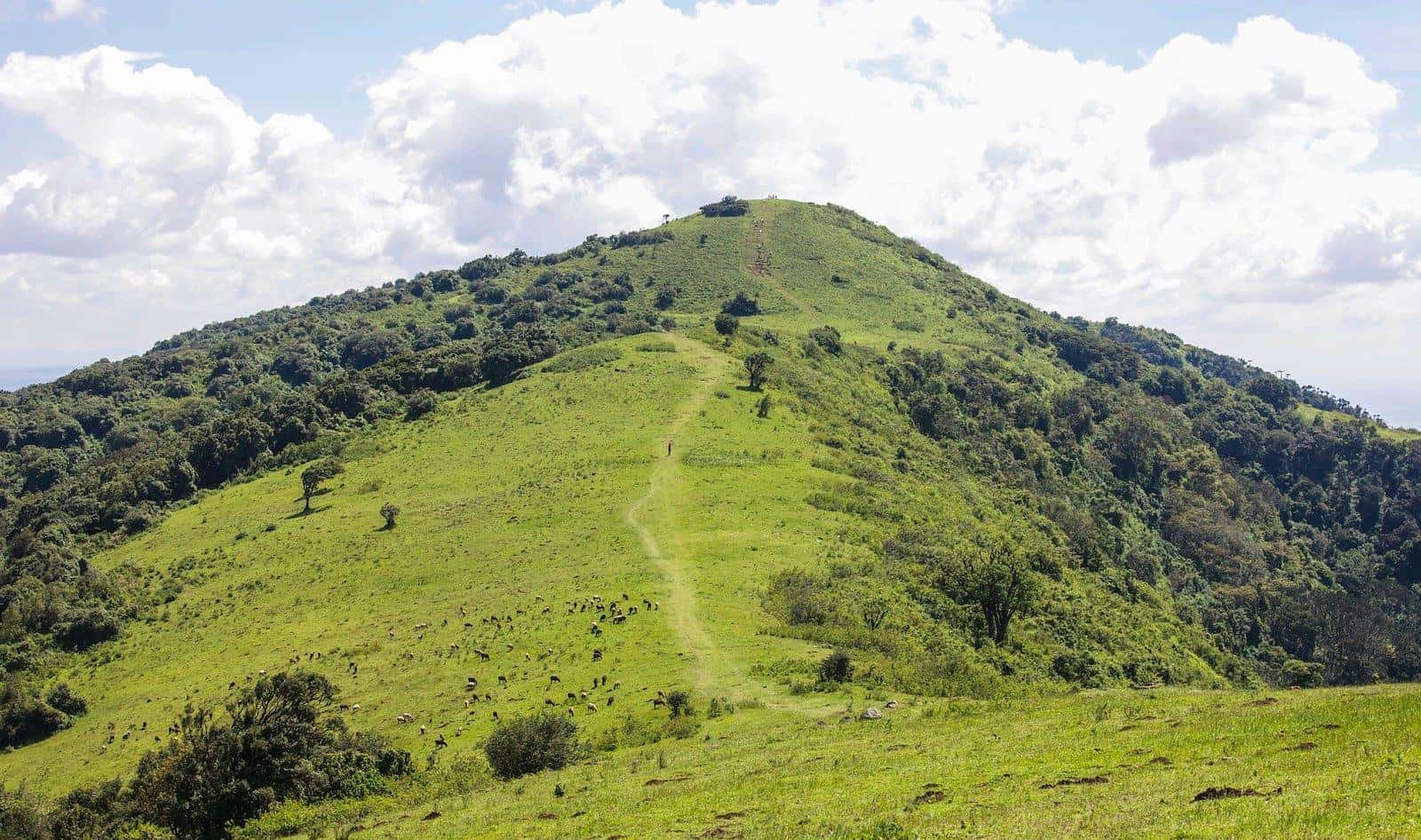
Most people who transit in Nairobi on their way to some of East Africa’s popular safari destinations don’t have great things to say about Kenya’s densely populated capital city. To the untrained eye, Nairobi can seem intimidating and disorganized, and many tourists confine themselves to their hotel rooms until they’re ready to transit to the glistening sands of the Kenyan coast or the vast plains of the various national parks upcountry. But those that take the time to explore some of the natural attractions in and around the chaotic city are pleasantly surprised at what they find. If you can see past the endless traffic and constant badgering of street hawkers, you will find a city with so much to offer.
The Sheldrick Wildlife Trust has long been known for its excellent work in East Africa for protecting elephants and other endangered species that have faced unprecedented challenges from illegal poaching. The trust has raised more than 250 orphaned animals, attended to almost 7,500 veterinary cases, and put together eighteen mobile de-snaring teams to try and reduce the risk of elephants and rhinos being harmed by poachers.
Unlike some other animal rescue centers in different parts of the world, the orphanage is not merely a ploy to attract income from tourists. The work of the center is crucial, and all proceeds raised go towards improving the lives of these animals in the wild and supporting those that have been harmed by humans in their natural habitats.
A visit to the orphanage is truly educational and is an excellent way of seeing rhinos and elephants up close, without having to worry about the immorality of animal tourism. If you get lucky enough, you’ll witness the daily feeding of the adorable baby elephants, holding giant containers of milk substitute with their trunk.
If you are moved by your visit and inspired by the work that is undertaken by the Trust, you can elect to adopt a rhino or elephant for $50 a year. As mentioned, the money raised goes directly towards the sustainable projects launched by the trust.

A caretaker feeds one of the baby elephants in Sheldrick Orphanage
photography by: The White House Archive
Located not far from the central business district, Karura forest serves as a great hideaway from the hustle and bustle of the city. While it’s an ideal place to just breathe in the unspoiled forest air and recharge your batteries, if you would like to arrange an activity in the forest, you can enjoy mountain biking, organized hikes or even horseback riding.
Karura is home to more than 600 species of wildlife, including three types of antelope and several species of monkey, which can be found in the tall canopies and around the many picnic sites, looking for the opportune moment to snatch your lunch.
If you deviate from the marked walking trails, you can explore some of the caves used by Mau Mau freedom fighters when they were resisting the British colonial rule in Kenya’s struggle for independence. Though overgrown, the caves represent an interesting insight into African colonial history, and in the forest, you can get a real sense of how much these warriors sacrificed to deliver their nation from the rule of the colonizers.
Given its proximity to Nairobi, Karura has long been under threat from property developers who see it as the ideal space to expand the already burgeoning city limits. However, thanks to the dedicated efforts of activists like the late Kenyan Professor Wangari Maathai, the forest has been preserved for the time being, and it’s undoubtedly one of the best places in and around Nairobi to escape into nature.

The Lily Lake in Karura Forest
photography by: Ninara
As the name would suggest, the Oloolua Nature Trail is a 5km stretch that can be found in the Oloolua forest, within the Karen neighborhood of Nairobi. The trail was actually established by the National Museums of Kenya as an attempt to preserve this oasis of tranquility that is extremely popular with city-dwellers and tourists alike.
Like visiting Karura, the Oloolua Nature Trail is the ideal place to escape the city and come for a pleasant walk or even a more strenuous form of exercise. Following the path, you have the chance to wander through indigenous bushes and trees, following the Mbagathi river as it snakes through the vegetation. You will be exposed to birdsong and the various barks of the resident primates, who jump gleefully in the canopy above, looking for any opportunity to steal food from unsuspecting visitors.
But arguably, the highlight of the trail comes right at the entrance (or exit, depending on the route you take through the forest). A magnificent 20-foot waterfall cascades over rocks and makes for spectacular photographs. In recent years, this area of forest was home to the rare and majestic Crowned Eagle, and scientists set up a viewpoint to study their behavior.
Unfortunately, due to human settlements encroaching on the forest, the eagles no longer nest here, but you will be able to enjoy the countless other bird species that flit in and out of the trees and provide a harmonious soundtrack for your time in the forest.

One of Oloolua Nature Trail's small streams
photography by: Rachel Strohm
Located only 3 kilometers from the city center, Nairobi’s arboretum sits across 30 hectares and was established in order to protect indigenous tree species that were being cut down in their thousands in order to build the Kenya-Uganda railway during the early 20th century. Thanks to conservation efforts in the past 100 years, the arboretum is now home to more than 300 species of exotic and indigenous tree species and benefits from 100 migratory bird species that seasonally call the canopies home.
The arboretum also serves as a habitat for the vervet and blue monkeys, as well as other mammals, including fruit bats, mongooses, and squirrels. Visitors to the arboretum enjoy short walks around the various trails, alongside picnics and bird watching activities that ensure you’re truly at one with nature.
City-dwellers visit the arboretum in the evenings and weekends to enjoy the peace and tranquility afforded by the high canopies and thick bushes that surround the trails. You will also regularly see religious and community groups gather in large numbers in the arboretum, as it’s a popular destination for people to come together and celebrate away from the noise and bedlam of the city.

The thick forest of Nairobi Arboretum
photography by: Ninara
Although it’s 25 kilometers away from Nairobi, a visit to the Ngong Hills forest reserve is well worth the effort. Visitors enjoy far-reaching views over the great rift valley, Nairobi National Park, Mount Suswa volcano and back towards the Nairobi skyline in the other direction. Depending on the weather conditions, you can even glimpse the towering peaks of Africa’s two tallest mountains: Mount Kilimanjaro and Mount Kenya.
In popular culture, the hills were made famous by Karen Blixen’s book ‘Out of Africa’ and have become a symbol of the romanticism of the African continent. To be fair, when you visit the reserve, it’s easy to sense the romance of the continent from these lush green hills, with many international visitors remarking that they’re more akin to the rolling hills of central and northern Europe, as opposed to what is often perceived as an African savannah.
While hiking through the hills, you will see many of the animals that roam across the reserve, including impalas, zebras, porcupine and dik-dik. If you’re lucky (or perhaps unlucky, depending on your viewpoint), you may even come across predators like hyenas, leopards and lions, the latter of which were reintroduced to the reserve in recent times.
While it’s the perfect place to visit for exercise, whether you’re on foot or bike, be mindful that the slopes are fairly steep, and it’s more challenging terrain than the other natural gems we’ve introduced in this post. As such, make sure you’re prepared in advance and take the necessary equipment and supplies with you.
If you’re concerned about your safety, you can hire an armed guard to accompany you into the hills, which is actually advised by the tourism board. This is in case you happen upon any wild animals or fall victim to an opportunistic robbery while out in the park. For some, it’s nice to have the peace of mind that a guard provides.

The verdant terrain in Ngong Hills Forest Reserve
photography by: Ninara